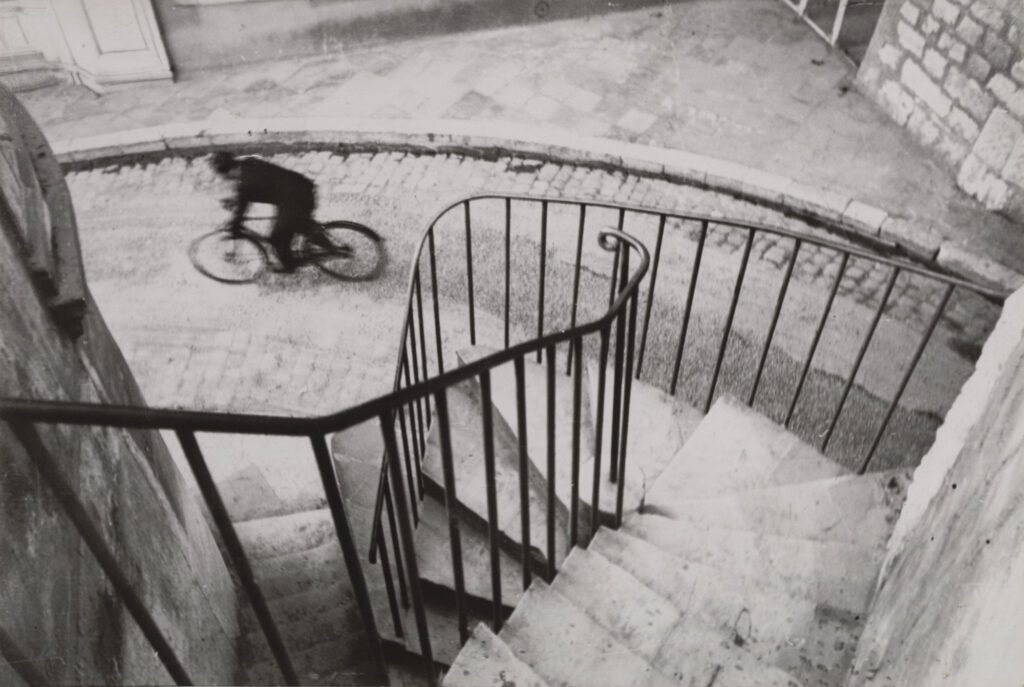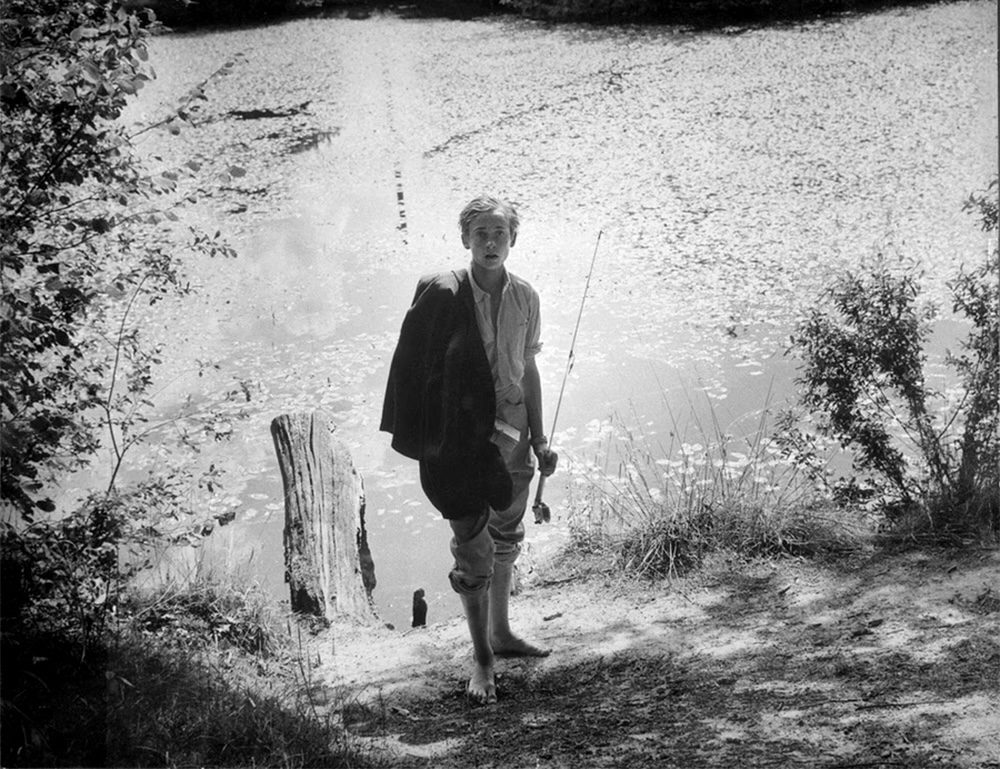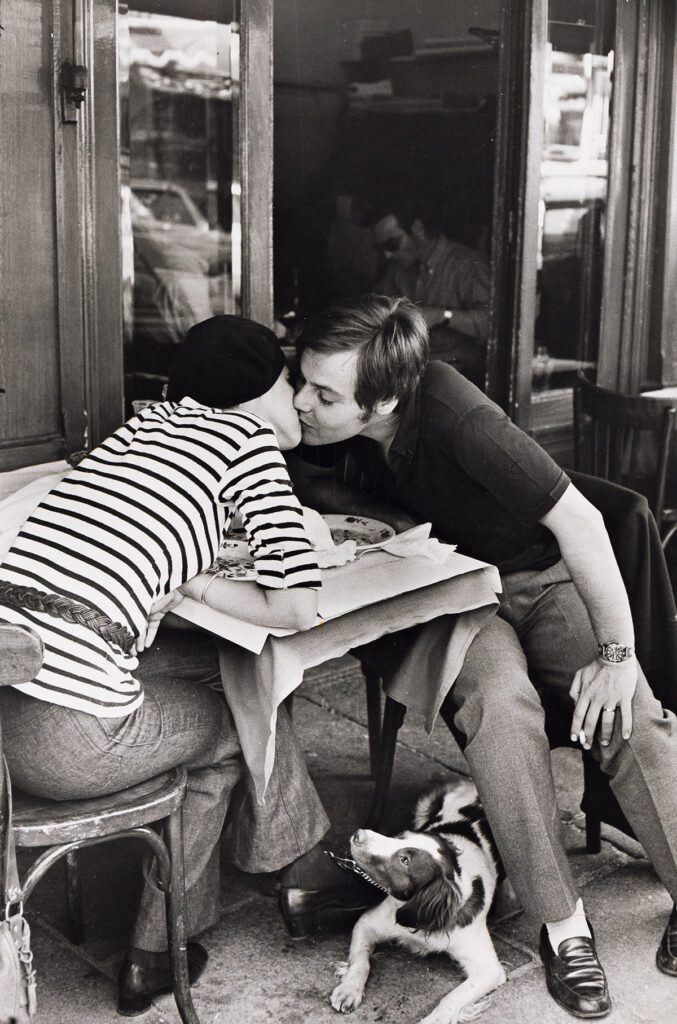Henri Cartier-Bresson
Henri Cartier‑Bresson (1908–2004) was a French photographer whose pioneering vision helped define modern photojournalism and fine‑art photography. Born into a prosperous textile family, he studied painting under André Lhote in Montparnasse and immersed himself in Surrealist and Cubist circles before taking up a 35 mm Leica in 1931. His early work—marked by bold compositions, flat planes, and a fascination with street life—culminated in the 1952 monograph The Decisive Moment, which articulated his belief that true photography captures both the emotional weight of an event and the perfect arrangement of forms “in a fraction of a second.”
Drafted in 1940, Cartier‑Bresson was captured by German forces but escaped to join the French Resistance. After the war, a MoMA show in 1946—organized under the mistaken impression he had been killed—introduced his images of liberated Paris to an American audience. In 1947 he co‑founded Magnum Photos alongside Robert Capa and David “Chim” Seymour, embarking on two decades of global assignments: documenting India’s independence, China’s civil war, and pivotal moments from Cuba’s revolution to everyday life in the Soviet Union, Canada, Japan, and Mexico.
In 1966 Cartier‑Bresson left Magnum to return to his first love—painting and drawing—though his photographic legacy endures. His work resides in major collections worldwide, and his ethos of intuition, composition, and humanity continues to inspire generations of photographers who seek that fleeting “decisive moment” in every frame.
Photography & Works
-

Henri Cartier-Bresson
Calle Cuauhtemoctzin, Mexico City, Mexico Add to cart -

Henri Cartier-Bresson
Couple Kissing, Boulevard Diderot, Paris Add to cart -

Henri Cartier-Bresson
Hyères, France Add to cart -

Henri Cartier-Bresson
Madrid Add to cart -

Henri Cartier-Bresson
Picnic on the Banks of the Marne Add to cart -

Henri Cartier-Bresson
Seville Add to cart -

Henri Cartier-Bresson
Siesta, Mexican women rest at their newstand Add to cart -

Henri Cartier-Bresson
Three Juveniles, Montreal, Canada Add to cart -

Henri Cartier-Bresson
Valencia Add to cart -

Henri Cartier-Bresson
Woman with American Flag (Independence Day, Cape Cod, MA) Add to cart
News & Articles

Simple Pleasures: Playtime

Simple Pleasures: Life’s Quiet Moments

Simple Pleasures: The simple joys of a walk in the park

Henri Cartier-Bresson’s Three Juveniles, Montreal, Canada, 1965

Meet our Artists: Henri Cartier-Bresson

Henri Cartier-Bresson’s Seville

Henri Cartier-Bresson: The Decisive Moment

Henri Cartier-Bresson’s Henri Matisse, Vence, France


